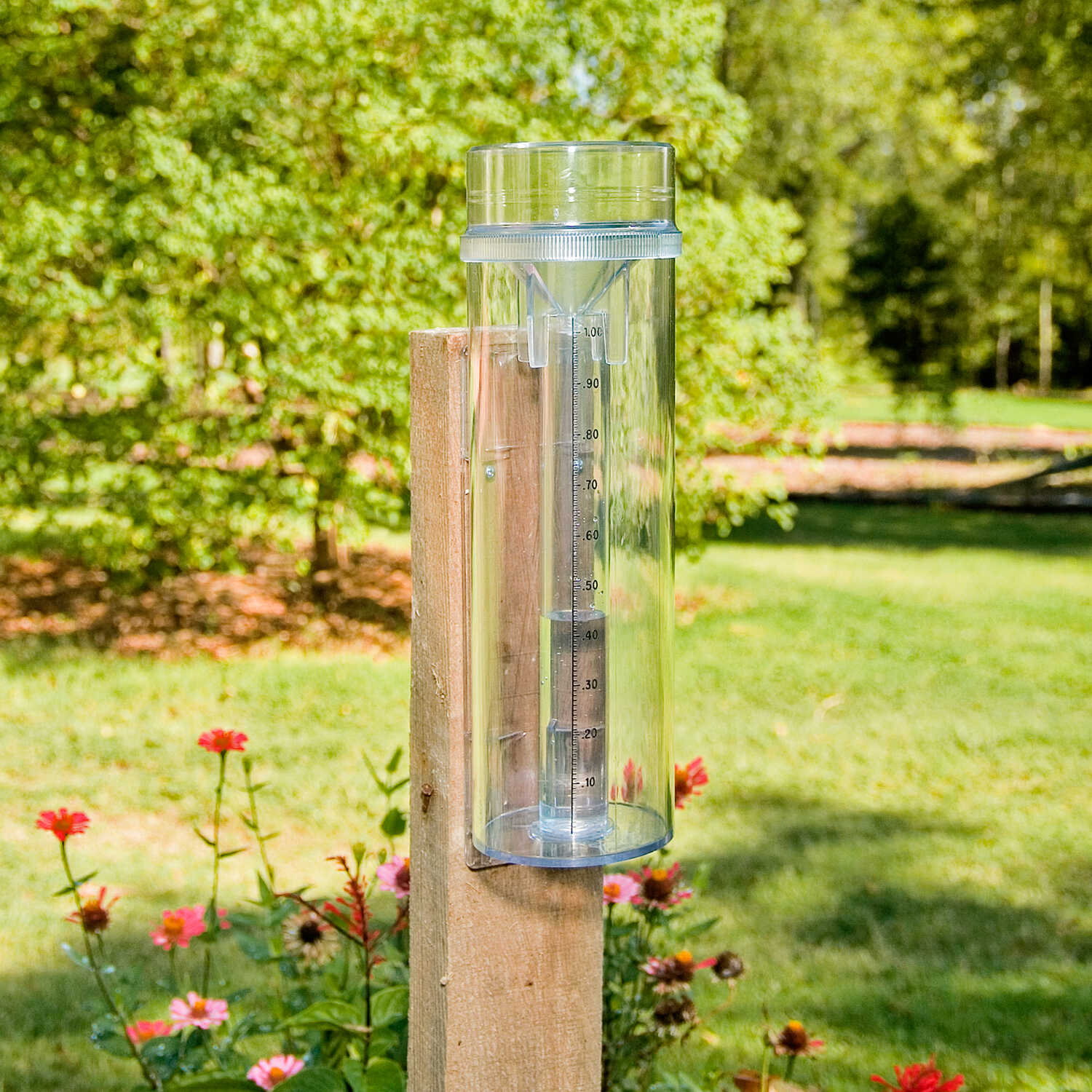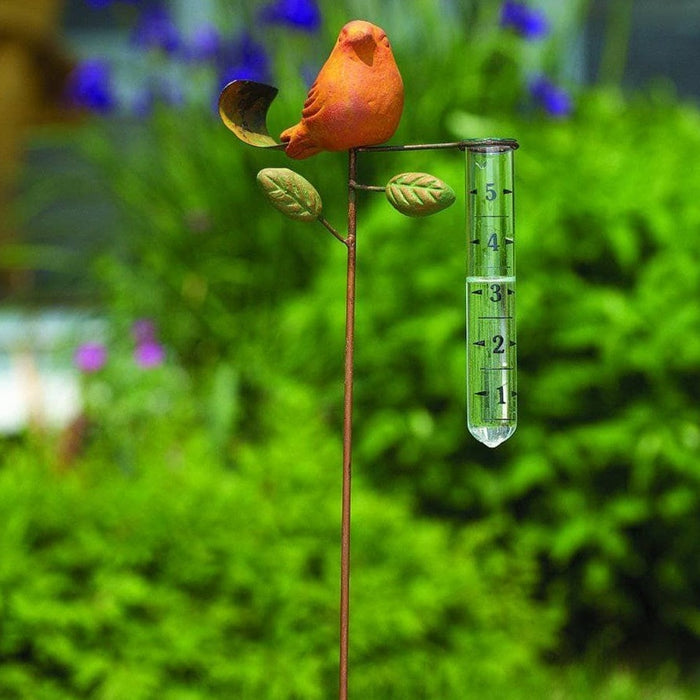The Rain Gauge: A Comprehensive Guide to Accurate Climate Measurement
The Rain Gauge: A Comprehensive Guide to Accurate Climate Measurement
Blog Article
How to Select the Right Rainfall Scale for Accurate Rain Information
Exact rainfall data is crucial for various sectors and activities, such as weather forecasting, water, and farming source administration. To acquire reputable measurements, it is important to select the right rainfall gauge. This guide aims to offer useful insights right into the selection procedure, allowing you to make enlightened decisions. Thinking about elements such as place, type, and accuracy of the rainfall gauge will aid make certain exact information collection. Furthermore, recognizing the maintenance and calibration treatments will contribute to the longevity and dependability of your rainfall gauge. By complying with these guidelines, you can ensure precise rains information, enabling much better decision-making and preparation for various applications.
Importance of Selecting the Right Rainfall Scale
The value of selecting the ideal rainfall scale exists in obtaining accurate and trusted rainfall information for precise atmospheric analysis. Rain information is critical for a wide variety of applications, including weather condition projecting, hydrological modeling, and climate research study. Inaccurate or undependable information can cause incorrect verdicts and flawed decision-making procedures.

Second of all, the precision and accuracy of the rainfall scale are paramount. The gauge ought to be able to measure rainfall with high precision, capturing even tiny amounts of rainfall accurately.
In addition, the area and installation of the rainfall gauge are vital considerations. It should be put in an open location, far from blockages that could influence rainfall dimensions. The gauge needs to be placed at an ideal height and angle to stay clear of spilling and make certain correct catchment of rain.
Elements to Think About When Picking a Rainfall Gauge
When selecting a rain gauge, there are a number of vital factors to take into consideration. There are various kinds available, consisting of standard rainfall gauges, tipping bucket rainfall assesses, and considering rainfall assesses.
One more element to consider is the product of the rainfall scale. Rain determines can be constructed from numerous products, such as metal, glass, or plastic. The material picked should be long lasting and immune to weather, making sure that the rainfall gauge will certainly withstand the aspects and give precise dimensions in time.
Precision is also an essential variable to take into consideration. Look for rain evaluates that have been calibrated and examined for accuracy. Attributes such as anti-splash rings and funnels can likewise boost the accuracy of the dimensions.

Lastly, consider the climate and atmosphere in which the rainfall scale will certainly be used. Various rainfall gauges are appropriate for different environments, so it is crucial to pick one that is proper for the conditions in your location.
Various Kinds of Rainfall Assesses Available
To even more explore the variables to take into consideration when picking a rain gauge, it is very important to understand the various types of rainfall evaluates readily available. There are several kinds of rain gauges, each with its own benefits and see this website downsides. One of the most common kind is the conventional rain gauge, also known as the cylindrical rainfall gauge. This kind contains a straight-sided cylindrical container with a funnel-shaped top. It is straightforward to use and offers accurate dimensions of rainfall.
An additional kind of rain scale is the tipping container rain gauge. As the rain falls into the scale, it loads up one side of the bucket, causing it to clear the water and tip.
A 3rd type of rain gauge is the considering rain gauge. As the rain falls into the gauge, it is accumulated in a container linked to an equilibrium.
Finally, there are additionally remote rainfall gauges read the full info here that use progressed technology to determine rains (The Rain Gauge). These gauges use sensing units and transmitters to send information wirelessly to a central device. Remote rain evaluates are practical for checking rainfall in hard-to-reach locations or for large-scale data collection
How to Establish the Precision of a Rain Scale
One way to evaluate the accuracy of a rainfall gauge is by conducting normal calibration measurements. Calibration entails comparing the readings of a rainfall scale to a conventional dimension, such as a licensed rain scale or a weather condition station with high accuracy. By contrasting the measurements, any kind of inconsistencies or mistakes in the rain gauge can be recognized and accounted for.
To perform a calibration measurement, begin by gathering rainfall information from both the rainfall scale and the basic dimension device over a certain time period, such as a month. After that, contrast the analyses and determine the difference between them. This difference is called the calibration mistake.
It is essential to keep in mind that calibration dimensions must be performed regularly, as ecological aspects, such as wind, particles, and temperature, can impact the accuracy of the rain gauge gradually. By carrying out regular calibrations, any changes in the precision of the rain scale can be found and modifications can be made as necessary.
Along with calibration, it is also suggested to clean and preserve the rain scale consistently to ensure its accuracy. Eliminate any particles or obstructions that might influence the accuracy of the dimensions, and look for any type of indicators of damage find out here or put on that might call for fixings or replacement.
Tips for Maintaining and Calibrating Your Rain Scale
Routine maintenance and calibration are crucial for making sure the accuracy and reliability of your rainfall gauge in gauging rains information (The Rain Gauge). By complying with a couple of straightforward suggestions, you can ensure that your rainfall scale is appropriately maintained and adjusted
To start with, it is necessary to clean your rainfall gauge routinely to protect against any debris or dirt from blocking the rainfall collection device. Make use of a mild cleaning agent and a soft brush to carefully clean up the inside and beyond the gauge. Wash it thoroughly with clean water and permit it to dry totally before re-installing it.
Secondly, it is recommended to calibrate your rainfall gauge at the very least annually. Calibration entails contrasting the measurements of your rain scale with those of a relied on and exact recommendation scale. This will aid you determine and remedy any possible mistakes in your rainfall gauge's measurements.
To calibrate your rainfall scale, collect a known quantity of water using a gauging container and compare it with the measurements tape-recorded by your rainfall gauge. Change the readings appropriately to ensure accuracy.

Conclusion
In verdict, picking the appropriate rainfall gauge is crucial for acquiring precise rains data. Variables such as area, spending plan, and purpose need to be thought about when selecting a rain gauge.
There are different types readily available, consisting of typical rain gauges, tipping bucket rain determines, and considering rainfall assesses.To better check out the aspects to think about when picking a rainfall scale, it is vital to recognize the various types of rainfall evaluates available. The most common kind is the conventional rain gauge, also understood as the cylindrical rain scale.Another type of rainfall gauge is the tipping container rainfall scale. Calibration involves contrasting the readings of a rain gauge to a conventional measurement, such as a licensed rain gauge or a climate terminal with high accuracy.
Report this page